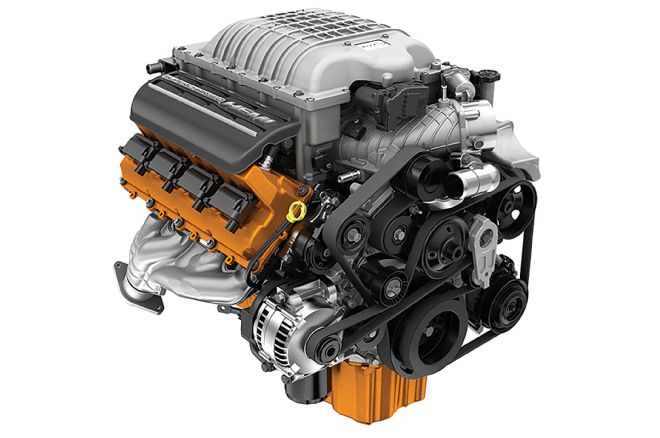B1896 Engine Error Code
When you check engine light came on code B1896 the reason should be . However your vehicle's manufacturer may have a different definition for the B1896 OBD-II Diagnostic Body (B) Trouble Code. So you should chech it on your car models.
B1896 Code Symptoms

|
B1896 the main thing to check is to verify the operation of the VCT solenoid. You're looking for a sticking or stuck VCt solenoid valve caused by contamination. Refer to vehicle specific repair manual to perform component tests for the VCT unit. |
In-line Ford engines, along with those of most other manufacturers, begin the numbering of cylinders at the front and proceed in numerical order toward the back. In the V-engine design, Ford follows a similar design with the number one cylinder at the front left of the engine. In the V-6 configuration, cylinder 4 is at the front right of the engine and in a V-8, cylinder number 5 is in that location. Other manufacturers sometimes use an alternating pattern in the V-engines.
B1896 OBD-II Diagnostic Body (B) Trouble Code DescriptionB1896 Drivers / Passengers Door Ajar Output Circuit Short to Battery so you have to check ODB-II Engine Error Code list.B1896 Code Review :The reason of B1896 OBD-II Engine Error Code is B1896 Drivers / Passengers Door Ajar Output Circuit Short to Battery. |
B1896 Code Dictionary Meaning:

|
-
1 - MFG - Manufacturer Specific 8 - Accelerator Pedal Position (APP) Sensor 1 Performance 9 - TP Sensor Learn Not Complete 6 - Transmission Control Module Reprogrammable Memory |
How long can you drive with a B1896 code ?
If your vehicle is displaying a B1896 OBD2 error code but is still running and driving normally, it means that the issue might not be immediately critical or causing immediate harm to the vehicle. However, it's important to address the issue as soon as possible for several reasons:
- Potential for Worsening
- Decreased Fuel Efficiency
- Emissions Testing Compliance
- Risk of Further Damage
- Safety Concerns
- Legal Considerations

